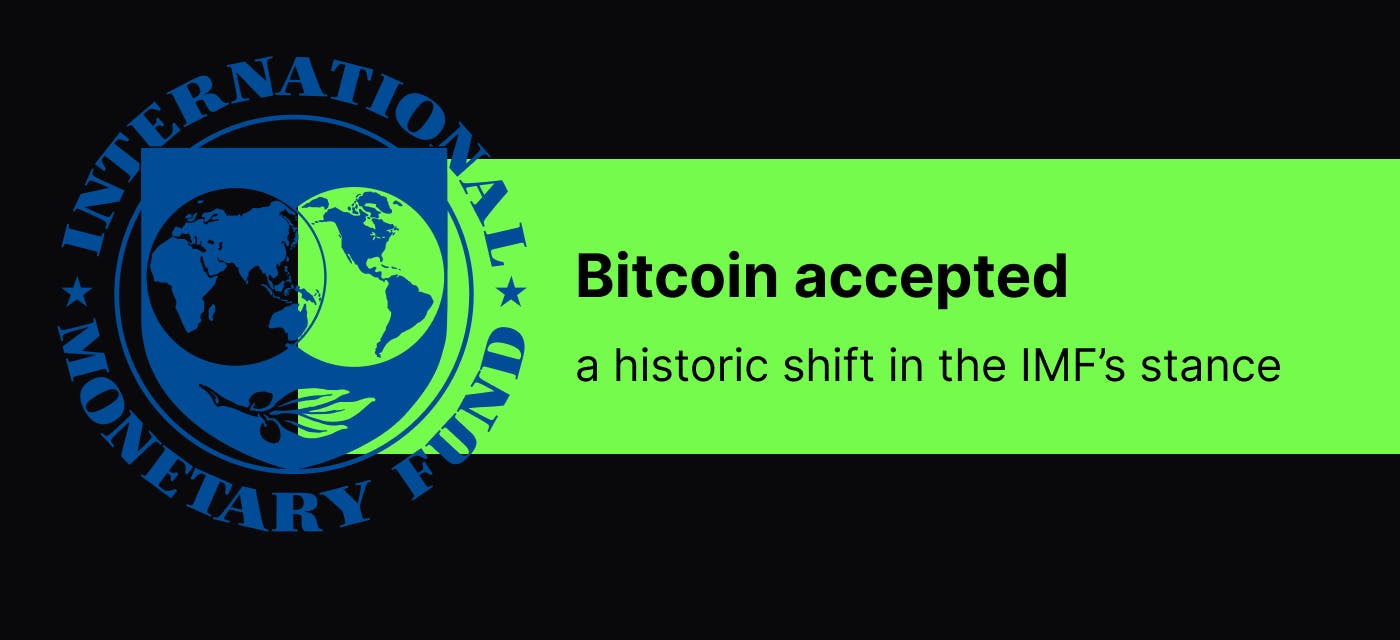In a landmark development that signals a new chapter for digital assets, the International Monetary Fund (IMF) has officially embraced Bitcoin and other cryptocurrencies as legitimate components of national economies. This revolutionary shift marks the culmination of a journey from outright rejection to formal acceptance of cryptocurrencies in global financial frameworks.
The IMF Bitcoin policy has undergone a dramatic shift in recent years. Just a short time ago, the IMF’s position on cryptocurrencies was markedly different:
- February 24, 2023: The IMF spoke out against the legalization of cryptocurrencies.
- October 4, 2024: The International Monetary Fund expressed concern about Bitcoin’s impact on the public sector of developing countries.
- March 4, 2025: The IMF established a ban on Bitcoin accumulation by states, affecting all hot and cold crypto wallets under the management of government structures.
This progression illustrates how the IMF’s stance on bitcoin has evolved from outright rejection to formal recognition. The organization has effectively gone through all stages of acceptance over several years: denial, anger, bargaining, depression, and finally, acceptance.
Under the updated SNA framework, the regulation of cryptocurrency enters a new phase with standardized accounting practices. The IMF now classifies Bitcoin and similar digital assets as “non-produced non-financial assets” – a designation that acknowledges their value while recognizing their unique characteristics.
This classification is significant because it:
- Formally recognizes cryptocurrencies as legitimate assets that contribute to national wealth
- Creates a standardized framework for countries to account for digital assets
- Potentially encourages more nations to consider holding cryptocurrencies as part of their reserves
- Provides greater regulatory clarity in a previously ambiguous space
The regulation of cryptocurrency has been a contentious issue among global financial institutions. Experts believe the regulation of cryptocurrency will become more standardized following the IMF’s new position.
According to the G20 roadmap:
- Most Financial Stability Board jurisdictions plan to revise their regulatory frameworks
- Special attention is being paid to stablecoin regulation
- A review of framework implementation is planned by the end of 2025
The IMF crypto policy framework continues to evolve as digital assets gain mainstream acceptance. Countries are now adapting their financial systems to align with new IMF crypto standards, which will likely lead to greater harmonization of cryptocurrency regulations globally.
Bitcoin’s Unshakeable Position
With this historic shift in the IMF’s stance, Bitcoin’s position in the global financial ecosystem appears more secure than ever. As the text concludes, “Bitcoin has no chance of fading into obscurity or yielding its primacy to any other cryptocurrency in market capitalization.”
The new IMF Bitcoin guidelines represent a complete reversal of their previous stance and signal that cryptocurrencies have crossed a critical threshold of legitimacy. This acceptance by one of the world’s most influential financial institutions suggests that digital assets have moved beyond being merely speculative instruments to becoming recognized components of the global financial architecture.
For investors, developers, and cryptocurrency enthusiasts, this represents the culmination of years of advocacy and technological development – a true watershed moment that cements Bitcoin’s place in the future of global finance.









